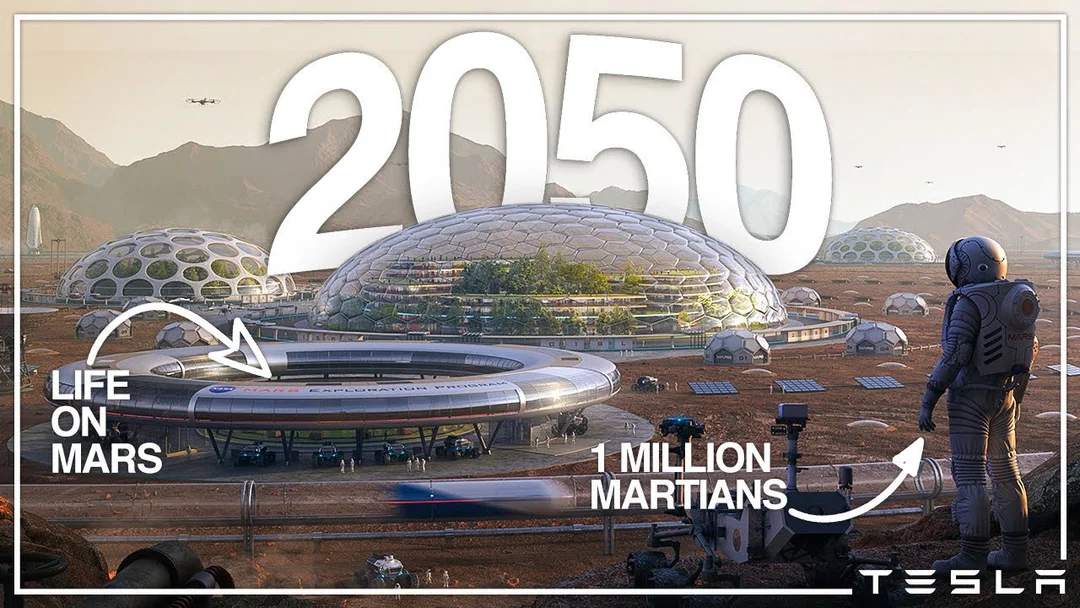
Race to Mars: Can Elon Musk and NASA Conquer the Red Planet?
The dream of humanity becoming an interplanetary species has captivated imaginations for decades. Since the first lunar landing in 1969, Mars has been the next frontier. Now, with both Elon Musk's SpaceX and NASA setting their sights on the Red Planet, the race to Mars is heating up. But what are the real challenges to making this dream a reality?
Elon Musk's vision is ambitious: to establish a self-sustaining colony on Mars, transporting a million people to the Red Planet. Central to this plan is Starship, SpaceX's colossal rocket, the most powerful ever built. A recent test flight saw the Super Heavy booster successfully recovered, but the Starship spacecraft itself exploded, a stark reminder of the risks involved.
"In this video, we explore SpaceX’s blueprint for Martian colonization, the technology behind the Starship, and the step-by-step mission to transform the Red Planet into humanity's second home. From interplanetary transport to life support systems, here's how Elon Musk plans to make Mars habitable for a million people," claims an article.

Meanwhile, NASA is pursuing its own Mars ambitions, using the Artemis program as a stepping stone. The goal is to return humans to the Moon and then leverage that experience for future missions to Mars. However, Artemis, too, has faced its share of challenges, including delays and budgetary concerns.
According to a report, scientists are exploring the possibility of using Martian dust to make Mars habitable.
What does life on Mars actually look like? CNBC recently visited the Mars Desert Research Station in Utah, offering a glimpse into the potential realities of living on the Red Planet. The visit highlighted the daunting tasks of living in Mars' harsh environment.
Achieving a successful Mars landing also requires overcoming significant obstacles like distance, radiation exposure during long spaceflights, life support, and the planet's hostile environment. Furthermore, the sheer financial burden of these missions is substantial, requiring both private and governmental investment.
The dual approaches of SpaceX and NASA could be complementary. SpaceX's rapid development and innovative technology, coupled with NASA's extensive experience and resources, may be the key to unlocking humanity's Martian destiny.
The question remains: who will reach Mars first, and what will they find? Will it be a pioneering feat for humanity, or a testament to our resilience and determination? What are your thoughts on the race to Mars? Share your predictions and opinions in the comments below!